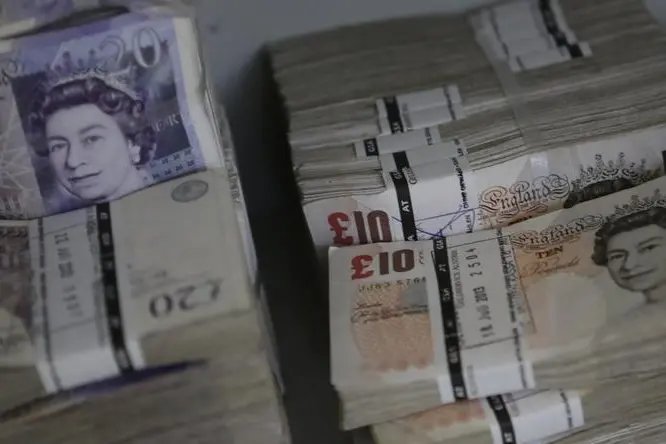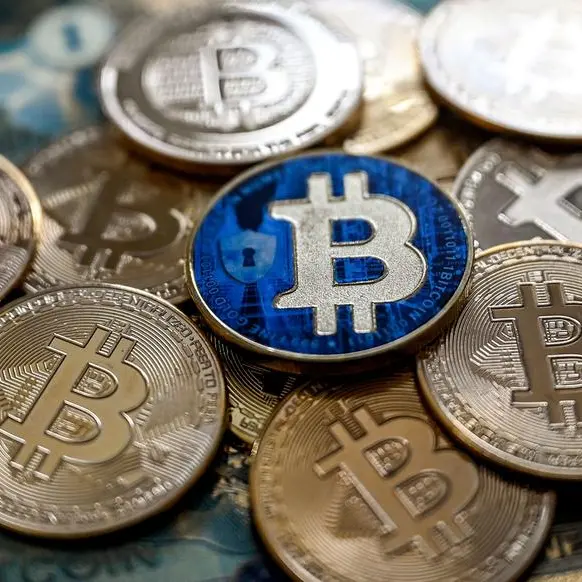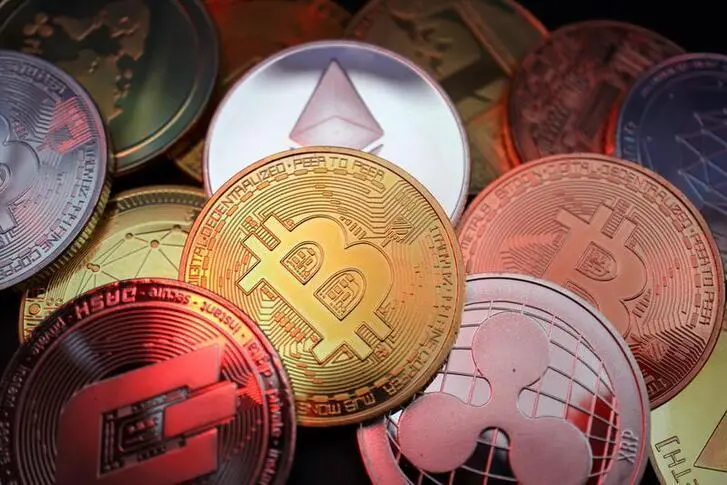PHOTO
SINGAPORE - The pound nudged higher on Thursday after solid British GDP data, and the euro held above $1.10, near the previous day's over seven-month top, underpinned by data showing slowing U.S. inflation which reinforced expectations of a Fed rate cut next month.
Markets were calmer after recent ructions but the pound was up 0.2% on the dollar at $1.2856 after data showed Britain's economy grew 0.6% in the second quarter of 2024, in line with economists' expectations and building on a rapid 0.7% recovery in the first quarter of the year.
The pound also strengthened on the euro which dipped 0.2% to 85.66 pence.
The European common currency was steady on the dollar at $1.10090, it reached $1.10475, its highest level this year on Wednesday, as markets tried to digest U.S. inflation numbers.
Those showed the consumer price index rose moderately, in line with expectations, and the annual increase in inflation slowed to below 3% for the first time since early 2021.
The figures add to the mild increase in producer prices in July in suggesting that inflation is on a downward trend, although traders are now anticipating the Fed to be not as aggressive on rate cuts as they had hoped.
The next data point is U.S. retail sales due at 1230 GMT on Thursday.
"Monetary easing is certainly getting closer, but the market is framing that in the context of what we saw at the beginning of last week when there was a huge move in expectations for the Fed," said Jane Foley, head of FX strategy at Rabobank.
"Rather than perhaps being excited at the prospect of a move some are disappointed that we might not get a 50 basis point cut."
Markets are now pricing in 64% chance of a 25 bps cut next month and a 36% chance of a 50 bps reduction, the CME FedWatch tool showed. Traders were evenly split at the start of the week between the two cut options following last week's sell-off.
"As the market tries to clarify the extent of the Fed's rate cuts in the remainder of the year, retail sales will be pulled apart, and we also have Walmart earnings which will add some flavour to the economic data," Foley said.
The yen was steady at 147.21 per dollar after data showed Japan's economy expanded by a faster-than-expected annualised 3.1% in the second quarter due to a solid pickup in consumption, keeping another near-term rate hike on the table.
While the yen has inched away from the seven-month high of 141.675 per dollar touched during last week's market mayhem, it remains well beyond the 38-year lows of 161.96 it was rooted to at the start of July.
Bouts of intervention from Tokyo early last month and then a surprise rate hike from the Bank of Japan at the end of July wrong-footed investors who bailed out of popular carry trades, lifting the yen.
The Norwegian crown was little moved by the country's central bank keeping rates on hold, and was at 11.783 per euro, and 10.695 per dollar.
The Australian dollar was up 0.36% at $0.6620 after data showed Australian employment sped past forecasts in July, even as the jobless rate ticked higher to a 2-1/2 year high.
The strength of labour demand could reinforce the Reserve Bank of Australia's (RBA) argument that a rate cut is unlikely this year given how sticky inflation is proving.
Elsewhere, China's yuan weakened against the dollar weighed by disappointing data that showed China's factory output growth slowed and missed expectations in July.
(Reporting by Ankur Banerjee in Singapore and Alun John in London; Editing by Jamie Freed, Michael Perry and David Evans)























